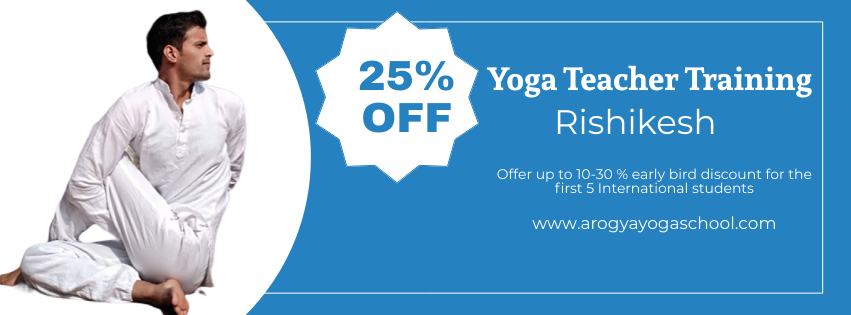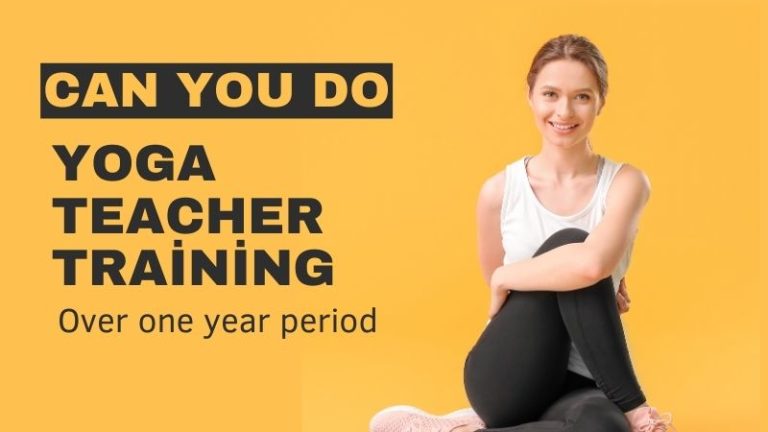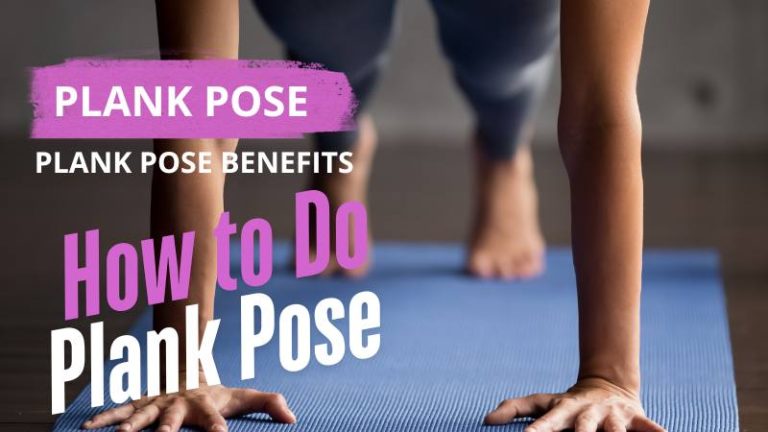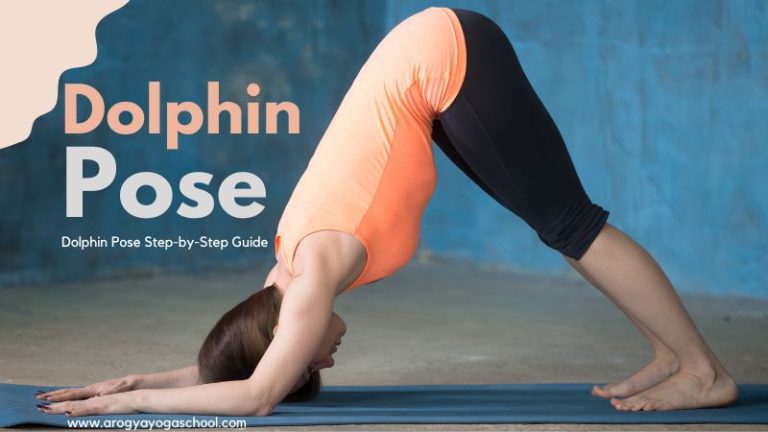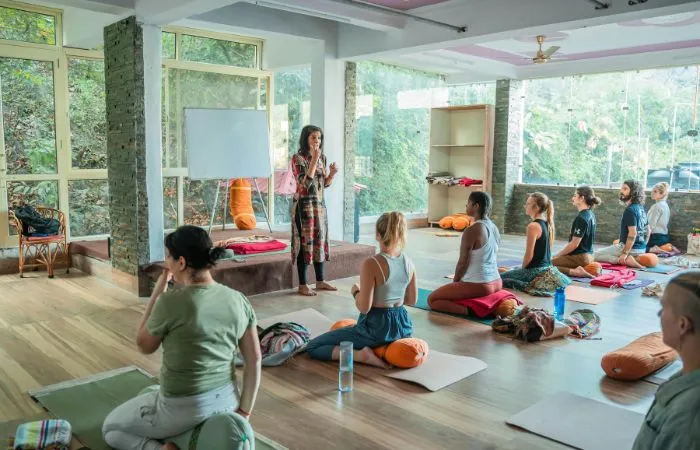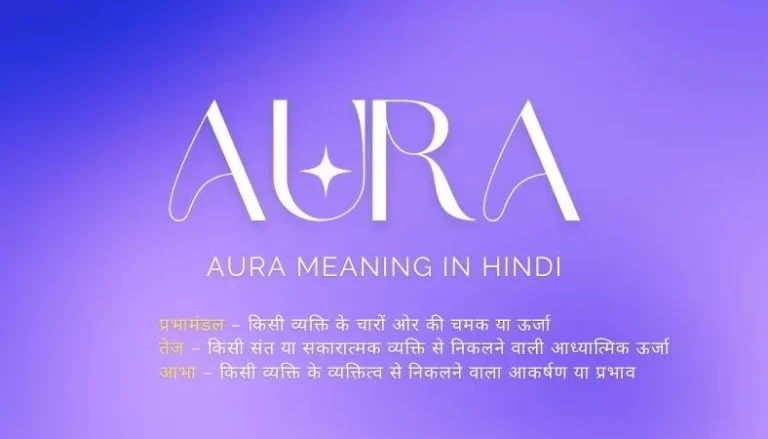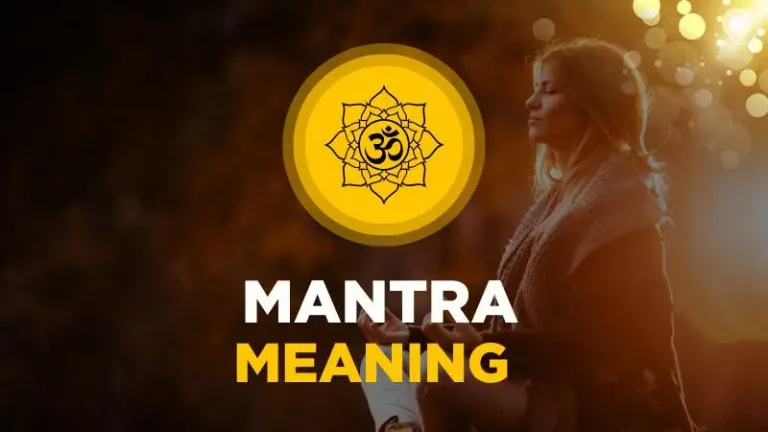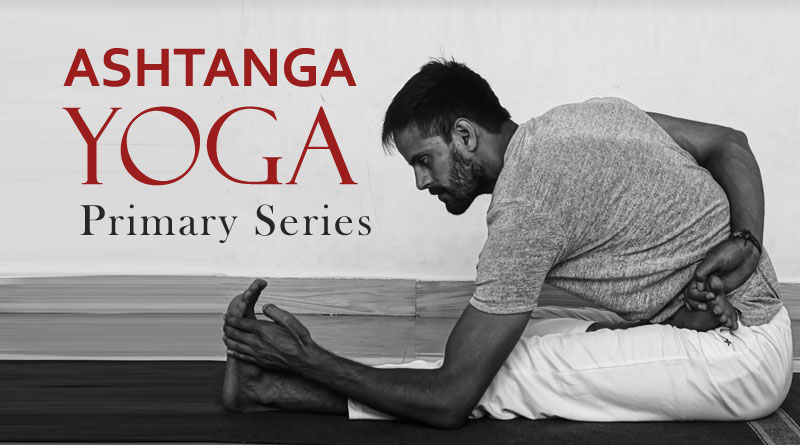
Ashtanga Meaning
Ashtanga is a Sanskrit word, where “Asht” means “Eight” and “Anga” means “limbs”, that is, the eight limbs or eight-fold path of yoga. Ashtanga yoga or Ashtanga Vinyasa yoga is a traditional yoga style that was developed by T. Krishnamacharya and Sri K. Pattabhi Jois in the 20th century.
The style was derived from a system of Hatha yoga described in the ancient text, the Yoga Korunta.
The Ashtanga Yoga Primary Series can be broken down into six series, known as Primary Series (which we will learn about in this blog) Intermediate Series, and Advanced Series A, B, C, and D, which practitioners can progress through at their own pace.
The Ashtanga practice starts with the Yoga Mantra chanting, followed by five Surya Namaskara (sun salutation) A and five B, and then a sequence of poses from the relevant series and a finishing sequence.
In this article, we will be learning about the Primary series. Before moving to the series, let us briefly understand the key principles of every Ashtanga practice, which are as follows:
Breath – Deep and audible Ujjayi breathing (ocean breath, throat breathing) is used during Ashtanga practice.
Drishti – There is a Drishti (Gaze or vision) for each position in the series.
Vinyasa – Vinyasa is the movement from one yoga pose to another, which is regulated by the breathing pattern, in a smooth flow or synchronicity.
Bandhas: Bandhas (energy locks) like Mool, Uddiyana and Jalandhara, and Maha bandhas are involved in order to control prana (vital energy force) and maintain stability.
Daily practice – Practice should be done six days a week with Saturday being the rest day. Women may not practice during menstruation but should consider the days of the new and full moon as rest days.
Ashtanga yoga’s ultimate goal is to create tapas (discipline), in order to cleanse the body and mind and prepare it for higher meditative practices.
This being a vigorous and physically demanding style of yoga, also facilitates building strength and flexibility.
Ashtanga Yoga Mantra
ॐ
वन्दे गुरूणां चरणारविन्दे सन्दर्शितस्वात्मसुखावबोधे ।
निःश्रेयसे जाङ्गलिकायमाने संसारहालाहलमोहशान्त्यै ॥
आबाहुपुरुषाकारं शङ्खचक्रासिधारिणम्।
सहस्रशिरसं श्वेतं प्रणमामि पतञ्जलिम् ॥
Om
Vande, gurunaam, chaaranara vinde, Sandar shita swaatma sukhava bhode.
Nishrey yase, jaangalika Yamane, Samsara haala hala moha shantye.
Abahu purusha karam, Shankha chakraasi dharinam.
Sahasra shirasam, shvetam, Pranamaami patanjalim.
Meaning of Ashtanga Yoga Mantra:
I bow to the lotus feet of the Guru (Supreme Teacher) who shows us the happiness of being realized and of that pure being which is beyond the joy we have experienced.
Who removes the delusion caused by the great poison (Hala Hala) of our conditioned world (Samsara).
I pray before the sage Patanjali, who has thousands of radiant white heads (as the divine serpent, Ananta) and who has, as far as his arms, is like a form of a man holding a shell (divine sound), a wheel (of light or infinite time) and a sword (discrimination).
Ashtanga Yoga Primary Series:
Ashtanga Yoga Primary Serie ashtanga vinyasa yoga benefits
Standing Postures:
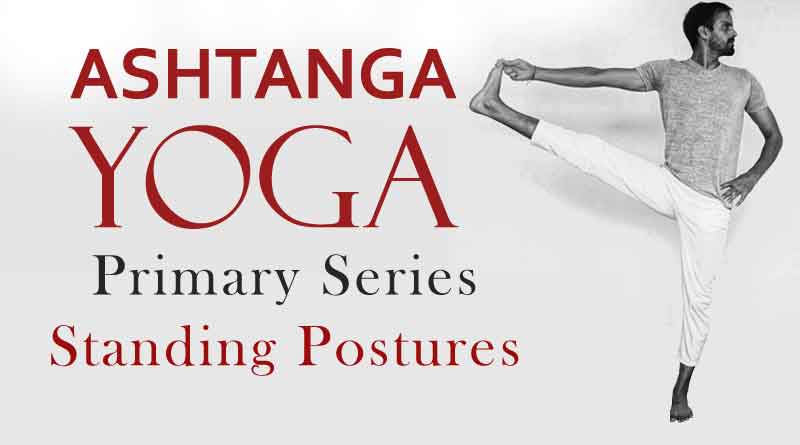
Padangushtasana (Big Toe pose)
- Dissolved fat of the lower abdomen.
- Purifies the rectum and anal region.
Padahastasana (Hands to feet pose) Benefits:
- Purifies the anal canal, kidneys, and lower abdomen.
Utthita Trikonasana (Extended Triangle pose) – Perform both the sides
- Dissolved the bad fat at the waist and brought the body to shape.
- Expands the narrow portion of the breathing channel.
- Strengthens the backbone.
Parivritta Trikonasana (Revolved Triangle pose) – Perform both sides:
- Dissolved the bad fat at the waist and brought the body to shape.
- Expands the narrow portion of the breathing channel.
- Strengthens the backbone and improves balance.
Utthita Parshvakonasana (Intense Side Angle pose) – Perform both the sides
- Purifies the ribs and lower abdomen.
- Dissolves the bad fat at the waist.
Parivritta Parshvakonasana (Revolved Side Angle pose) – Perform both the sides
- Improves balance
- Same benefits as above, just a little more intense.
Prasarita Padottanasana A (Extended Intense Wide Leg)
- Purifies the anal canal.
- Dissolved bad fat in the lower abdomen.
- The waist gets thinner and stronger.
- Continuous practice will make the body light and beautiful.
- Cures constipation.
- Purifies the top part of the spinal column and the waist.
Prasarita Padottanasana B (Extended Intense Wide Leg pose B)
- Same benefits as above, just a little more intense.
Prasarita Padottanasana C (Extended Intense Wide Leg pose C)
- Same benefits as above, just a little more intense.
Prasarita Padottanasana D (Extended Intense Wide Leg pose D)
- Same benefits as above, just a little more intense.
Parshvottanasana (Intense Flank Stretch pose) – Perform both the sides
- Eliminates the bad fat at the waist.
- Makes the lower abdomen thin.
- Strengthens the waist
- Makes the body light.
- in short, all the asanas described above loosen the limbs of the body.
- Can be done by men and women of all ages.
- For people suffering from rheumatic or joint pain, the first and second Surya Namaskara, and the first six asanas are especially important.
Utthita Hasta Padangusthasana A (Intense Hand to Big Toe pose A)
Utthita Hasta Padangusthasana B (Intense Hand to Big Toe pose B)
Benefits of Utthita Hasta Padangusthasana B:
- Loosens the hip joints.
- Destroys defects of the testicles and male organ of generation.
- Purifies and strengthens the vertebral column, waist, hips, and lower abdomen.
- Eliminates constipation.
Utthita Hasta Padangusthasana C (Intense Hand to Big Toe pose C)
Benefits of Utthita Hasta Padangusthasana C:
- Same benefits as above, just a little more intense.
Utthita Hasta Padangusthasana D (Intense Hand to Big Toe pose D)
Ardha Baddha Padmottanasana (Half Bound Lotus Intensity pose) – Perform both sides
Utkatasana Asan (Chair Pose or Fierce pose)
- The rectum, esophagus, and liver are purified by this asana.
- Also prevents gas from occurring in the stomach
- prevents diarrhea, and quells the gas that arises from inappropriate food.
- Practiced by anyone, including women of all ages, except those whose pregnancies have crossed into the fourth month.
Virabhadrasana 1 (Warriors pose 1) – Perform both sides
- Strengthens the waist, making it slender.
- Prevents pain associated with the vertebral column.
Virabhadrasana 2 (Warrior pose 2) – Perform both sides:
- Purifies all the joints of the body, the lower abdomen, spinal column, and organ of generation.
- Eliminates pain associated with knees as well as the pain from standing or sitting all day while working.
Ashtanga Yoga Primary Series Seated Postures:
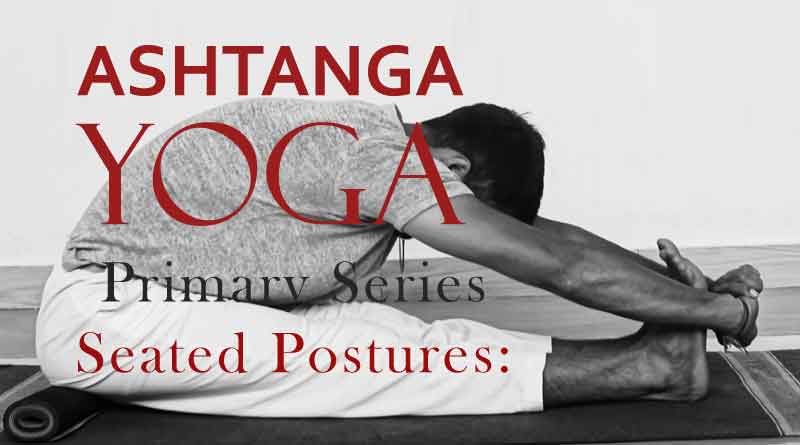
Pascimottanasana A (Seated Forward Bend A) – Holding toes pose
- Helps the stomach to become slender by dissolving its fat.
- Improves digestion.
- Strengthens the organs of the digestive system.
- Cures weakness in the hands and legs resulting from a loss of appetite and low digestive fire.
Pascimottanasana B (Seated Forward Bend B) – Grabbing the feet pose
Pascimottanasana C (Seated Forward Bend C) – Bounding hands behind feet pose
Purvatanasana (Intense East Stretch or reverse plank)
- Purifies and Strengthens the heart, anus, spinal column, and waist.
Ardha Baddha Padma Paschimottanasana (Half Bound Lotus Intense Stretch of the West) – Perform both sides
- Alleviates the enlargement of the liver and spleen.
- Cures abdominal distention due to bad food and activities.
- Cures constipation.
Tiriangmukhaikapada Paschimattanasana (three parts forward bend pose.) Perform both sides
- Helps reduce body fat
- Helps people suffering from elephant leg
- Beneficial for people suffering from piles and sciatica
- Very good for aligning the body.
Janu Sirsasana A (Head beyond Knee pose) – perform both sides
- Cures diseases like burning while urinating, Semen loss, and diabetes
- Stimulates the kidneys and liver; Improves digestion
- Reduce belly fat
Janu Sirsasana B (Heel Under Perineum) – perform both sides
- Same as above, just a little intense.
Janu Sirsasana C (Toes of the Bent Leg Curled Under) – perform both sides
Marichasana A (First Position Honoring Sage Marichi pose)
- Cure gaseous movements in the stomach and intestines
Marichasana B (Foot In Half Lotus Honoring Sage Marichi pose)
Marichasana C (Twisting to the Right Honoring Sage Marichi pose)
Marichasana D (Foot in Half Lotus, Twisting to the Right Honoring Sage Marichi pose)
